The power of 3D printing has been a huge aid in transporting not only vehicles, but humans as well to explore planets in outer space. The newest NASA Mars rover, which is off on the third mission this month to the Red Planet, has numerous parts that have been 3D printed the strongest materials to withstand its expected conditions. At the Perseverance Rover launch site, there is a full size replica which is also available to download as a 3D printable 3D model from the NeoMetrix team!
Print your very own Mars 2020 Perseverance Rover Here!
Click (or touch) and drag to interact with this 3D model of the Mars 2020 Perseverance Rover.
The print-ready STL files and assembly directions to make your own mini Perseverance Rover are available here to download. Perseverance will reach Mars in February 2021, where it will seek signs of ancient life and collect rock and soil samples for a possible return to Earth.
The download comes with print-ready .STL files and assembly directions to make your very own mini Perseverance Rover.
Mars 2020 Perseverance Mission Objectives
Potential Signs of Microbial Life
The rover will be landing in a place with high potential for finding signs of past microbial life, Jezero Crater, a 28-mile-wide (45-kilometer-wide) crater on the western edge of Isidis Planitia. The crater was a possible oasis in its distant past. Between 3 billion and 4 billion years ago, a river there flowed into a body of water the size of Lake Tahoe, depositing sediments packed with carbonite minerals and clay. The Perseverance science team believes this ancient river delta could have collected and preserved organic molecules and other potential signs of microbial life.
Asses Geology and Climate
Understanding Mars’ past climate conditions and reading the geological history embedded in its rocks will give scientists a richer sense of what the planet was like in its distant past. Studying the Red Planet’s geology and climate could also give us a sense of why Earth and Mars.
Steps towards Man on Mars & Further studies
We as humans are driven to explore what is beyond the moon and gain a deeper understanding of our neighboring planets. The Perseverance rover will also include a separate technology experiment to the surface of Mars — a helicopter named Ingenuity, the first aircraft to fly in a controlled way on another planet.
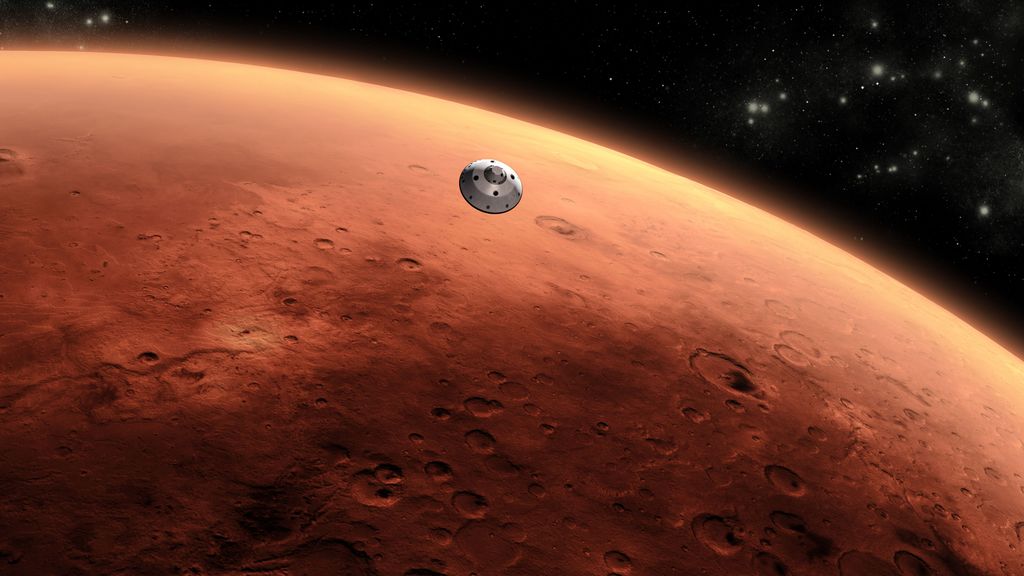

To carry out this mission, NASA has attached instruments — two of the seven total onboard — that will play a particularly important role in Perseverance succeding in the exploration of Mars.
Perseverance carries instruments and technology that will pave the way for future human missions to the Moon and Mars. Among the future-looking technologies on the Mars 2020 Perseverance mission that will benefit human exploration is the rover’s Terrain-Relative Navigation system. Part of the landing system, Terrain-Relative Navigation is the main reason Perseverance can explore a place as interesting as Jezero Crater. It will enable the rover to quickly and autonomously comprehend its location over the Martian surface and modify its trajectory during descent. This technology will be able to provide invaluable assistance for both robotic and crewed missions landing on the Moon and is a must for future robotic and crewed exploration of Mars.
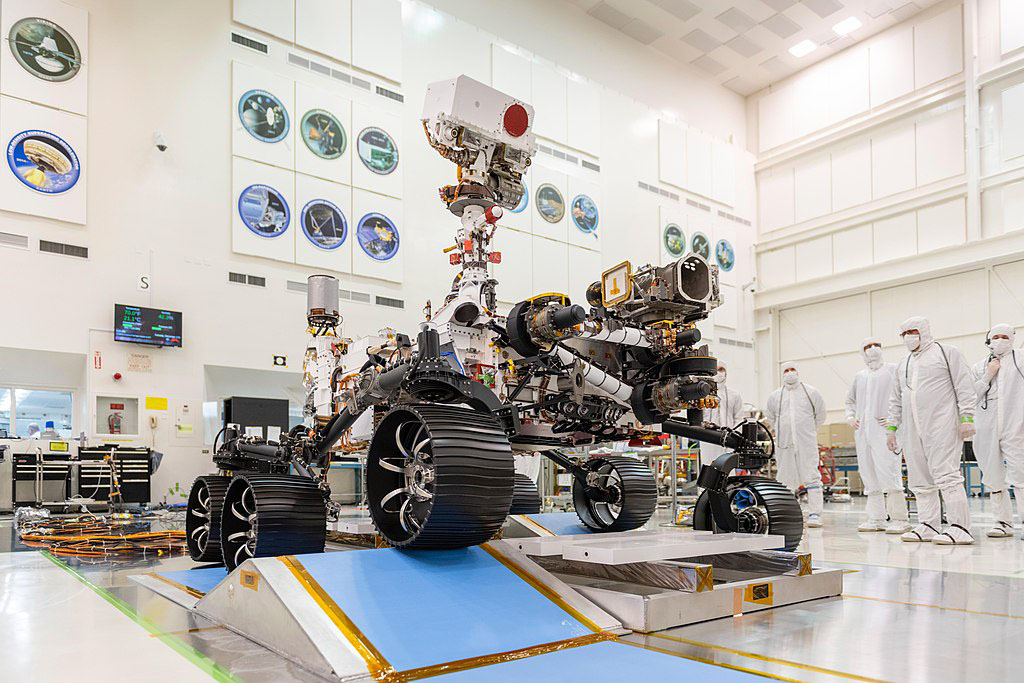
NASA’s next mission to Mars — the Mars 2020 Perseverance mission — will land in Jezero Crater on the Red Planet on Feb. 18, 2021. Perseverance is the most complex rover NASA has ever sent to Mars, with a name that represents NASA’s passion for taking on and overcoming challenges.
NASA chose the name “Perseverance” from among the 28,000 essays submitted during the “Name the Rover” contest, because of the concept and idea of exploring another planet seemed impossible itself. The months leading up to the launch in particular have required creative problem solving and teamwork, especially during the coronavirus pandemic.
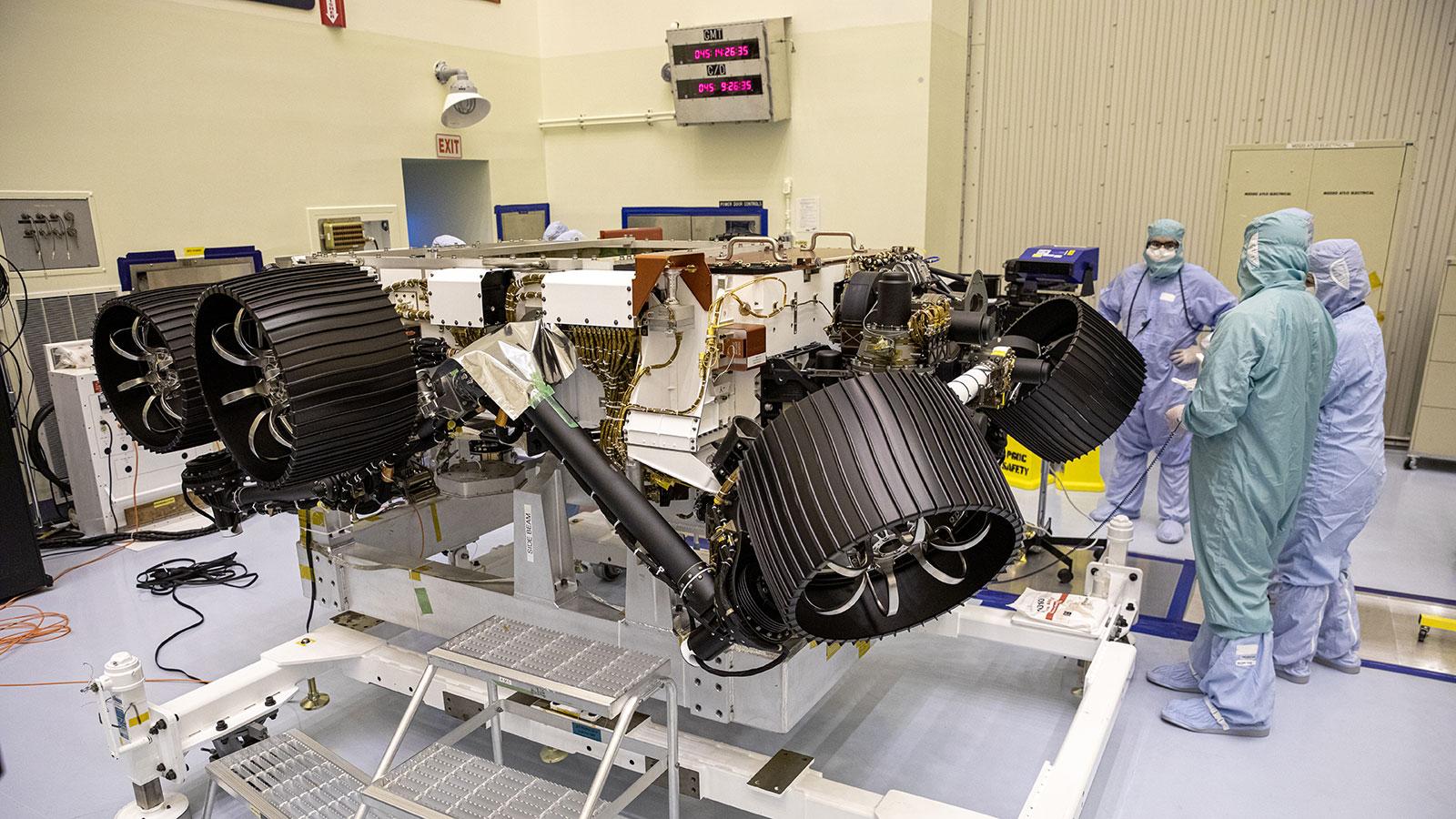
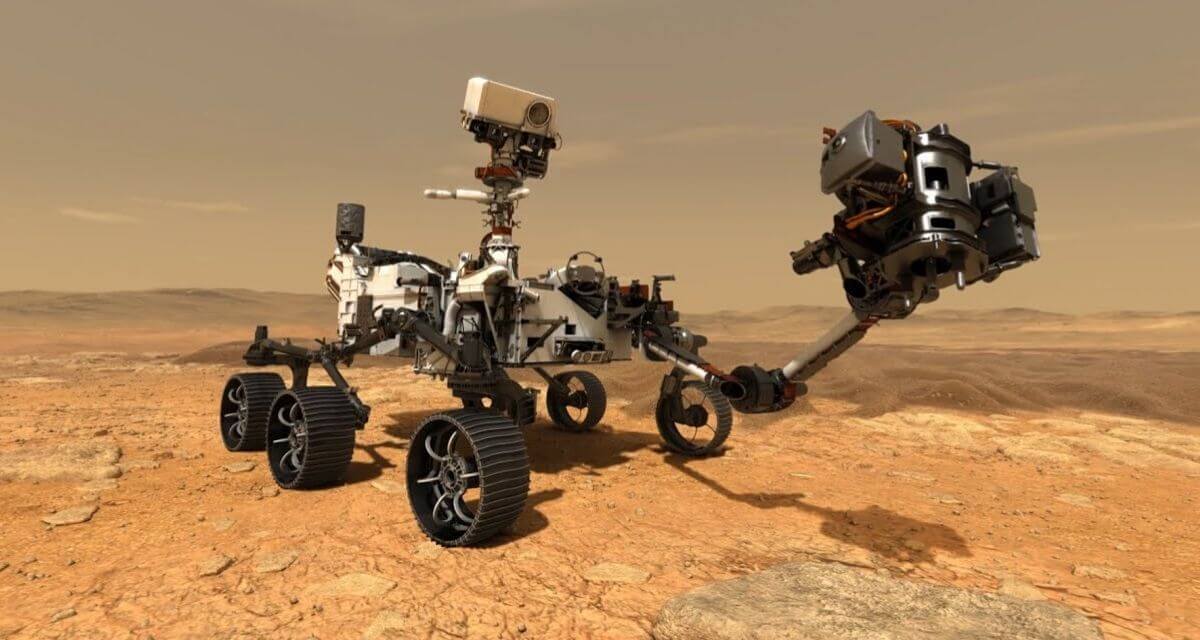
Built at NASA’s Jet Propulsion Laboratory in Southern California, Perseverance is loaded with scientific various instruments. With a chassis, about 10 feet (3 meters) long, it is also the largest, heaviest robotic Mars rover NASA has built.
Perseverance is the first leg of a round trip to Mars. The verification of ancient life on Mars carries an enormous burden of proof. Perseverance is the first rover to bring a sample caching system to Mars that will package promising samples for return to Earth by a future mission. Rather than pulverizing rock the way Curiosity’s drill does, Perseverance’s drill will cut intact rock cores that are about the size of a piece of chalk and will place them in sample tubes that it will store until the rover reaches an appropriate drop-off location. A Mars sample return campaign is being planned by NASA and the European Space Agency because here on Earth we can investigate the samples with instruments too large and complex to send to Mars. Examining those samples on Earth will provide far more information about them than even the most sophisticated rover could provide.
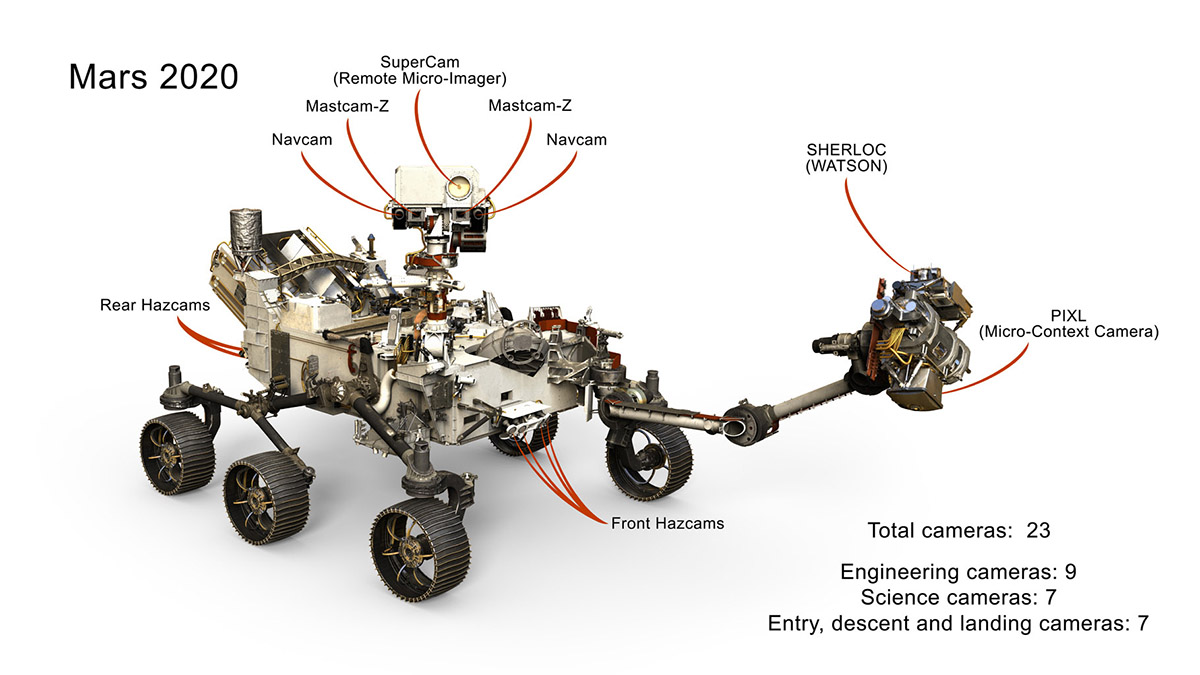
You will get to ride along. The Mars 2020 Perseverance mission carries more cameras than any interplanetary mission in history. The Perseverance rover itself has 19 cameras that will deliver images of the landscape in breathtaking detail. The other parts of the spacecraft involved in entry, descent and landing carry four additional cameras, potentially allowing engineers to put together a high-definition view of the landing process after the rover safely touches down on Mars. As with previous Mars missions, the Mars 2020 Perseverance mission plans to make raw and processed images available on the mission’s website. In this spirit of bringing the public along, the Perseverance rover carries an anodized plate with the words “Explore as one” in Morse code and three silicon chips with the names of approximately 10.9 million people who signed up to ride along on Perseverance’s journey to Mars.
Flying a drone on Mars
As the Wright Brothers were the first to achieve powered, controlled flight on our world with their Flyer, Ingenuity’s team at JPL expects its helicopter to be the first flyer on another world. Here are a few things you should know about the first helicopter going to another planet.
Ingenuity will be the first aircraft to attempt controlled flight on another planet and has been built with intentions to fly in the Martian atmosphere and conditions. Mars has extremly bone-chilling temperatures, with nights as cold as minus 130 degrees Fahrenheit (minus 90 degrees Celsius) at Jezero Crater. These temperatures will push the original design limits of the off-theshelf parts used in Ingenuity. Tests on Earth at the predicted temperatures indicate they should work as designed, but the team is looking forward to the real test at Mars. One of Ingenuity’s first objectives, when it gets to the Red Planet, is just to survive the cold Martian night for the first time. Mars has rarefied atmosphere — just 1% of the density of our atmosphere on Earth. Because the Mars atmosphere is so much less dense, Ingenuity is created to be light, with rotor blades that are much larger and spin much faster than what would be required for a helicopter of Ingenuity’s mass on Earth.
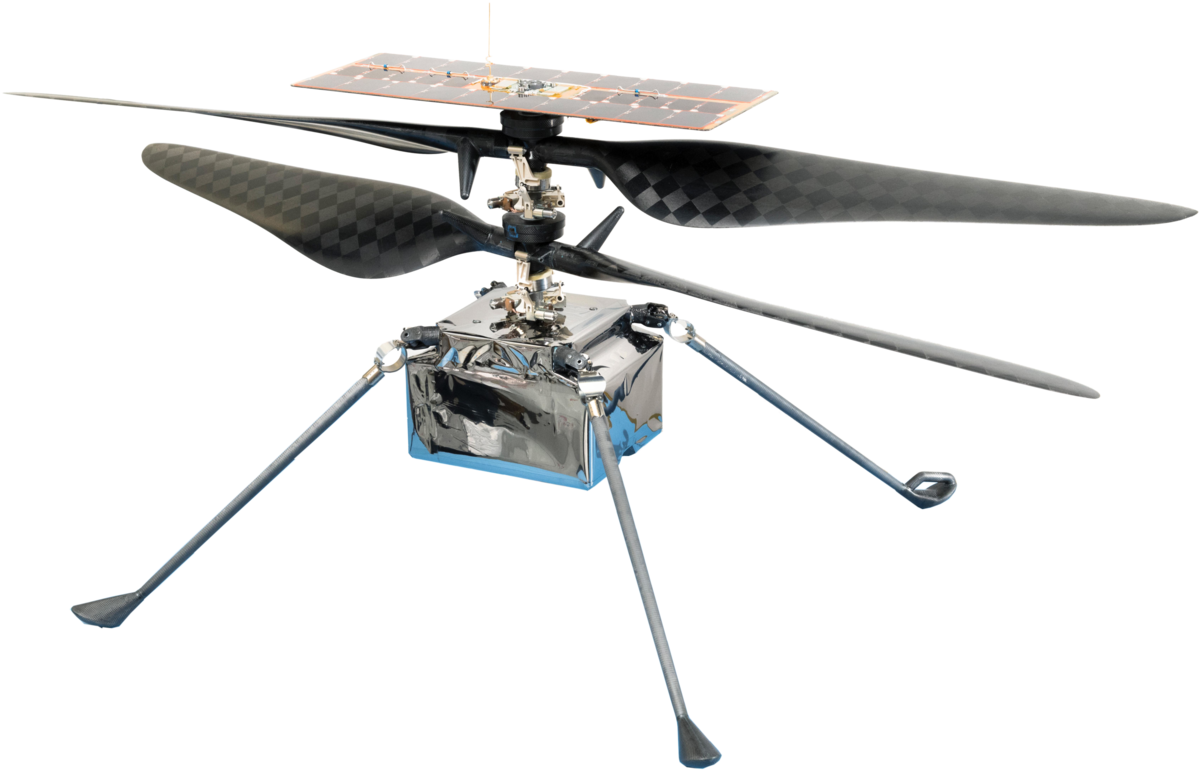
Ingenuity features four specially made carbon-fiber blades arranged into two 4-foot-long (1.2-meter-long) counter-rotating rotors that spin at around 2,400 rpm — about eight times as fast as a standard helicopter on Earth — plus innovative solar cells, battery, avionics, sensors, telecommunications, and other designs and algorithms. But many of its other components are commercial, off-the-shelf parts from the world of smartphones, including two cameras, an inertial measurement unit (measuring movement), an altimeter (measuring altitude), an inclinometer (measuring tilt angles) and computer processors. The helicopter does not carry science instruments and is a separate experiment from the Mars 2020 Perseverance mission.
Vaneeza Rupani of Northport, Alabama, originally submitted the name Ingenuity for the Mars 2020 rover, NASA officials recognized the submission as a fitting name for the helicopter. Landing people on the Moon and sending rovers to Mars, she wrote, “are not just the product of pure determination; they are a combination of human perseverance and ingenuity.”
Vaneeza Rupani of Northport, Alabama, originally submitted the name Ingenuity for the Mars 2020 rover, but NASA officials recognized the submission as a fitting name for the helicopter, given how much creative thinking the team employed to get their mission off the ground. “The ingenuity and brilliance of people working hard to overcome the challenges of interplanetary travel are what allow us all to experience the wonders of space exploration,” Rupani wrote. “Ingenuity is what allows people to accomplish amazing things.” Rupani’s essay also unknowingly gave a nod to the rover and the helicopter working together to accomplish great feats in space exploration: Landing people on the Moon and sending rovers to Mars, she wrote, “are not just the product of pure determination; they are a combination of human perseverance and ingenuity.”
Given all the firsts Ingenuity is trying to accomplish, the team has a long list of milestones they need to pass before the helicopter can take off and land in the spring of 2021. If Ingenuity succeeds in its first flight, the helicopter team will attempt up to four other test flights within a 30-Martian-day (31-Earth-day) window. It will need to survive launch from Cape Canaveral, the cruise to Mars and landing on the Red Planet Safely deploying to the surface from the belly pan of the Perseverance rover. The drone will autonomously keeping warm through the intensely cold Martian nights, autonomously charging itself with its solar panel.
Ingenuity is intended to demonstrate technologies needed for flying in the Martian atmosphere. If successful, these technologies could enable other advanced robotic flying vehicles that might be included in future robotic and human missions to Mars. Among the possible uses of a future helicopter on Mars: offering a unique viewpoint not provided by our current orbiters high overhead or by rovers and landers on the ground; high-definition images and reconnaissance for robots or humans; and access to terrain that is difficult for rovers to reach. A future helicopter could even help carry light but vital payloads from one site to another.
It is certain that none of this would be possible with out professional grade engineering, equipment, manufacturing, and an ocean of hope. By supassing the limitations of travel to the Moon, we are allowing ourselves to explore our vast nature, not only just on this planet, but others as well.
Original Source: https://www.3dprintingmedia.network/perseverance-rover-is-off-to-mars-here-is-the-stl-to-3d-print-it/
Want to Learn More About 3D Printing?
